
You are here
Midwest Living / Garden / Flowers
Purple Plants for Midwest Gardens
Does your garden just need a pop of purple? Click or tap ahead for some of our favorite purple plants for Midwest gardens.Writer: Brandi Dye
- « prev
- next »
- 1 of 15 | View All1
-
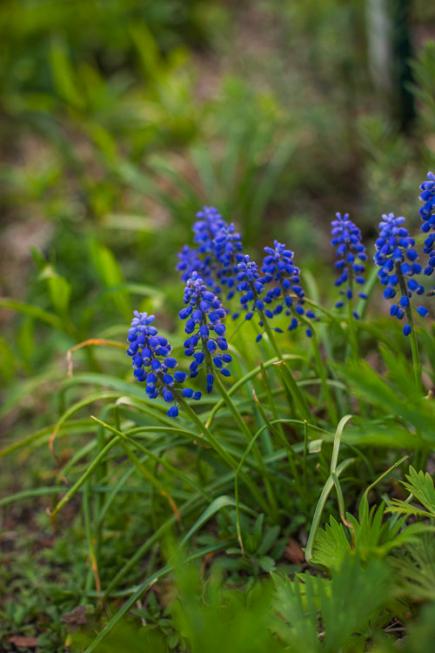
Grape Hyacinth
This spring bloomer is known for being low-maintenance. Grape hyacinth (Muscari armeniacum) is happy in full sun or part shade. Grape hyacinth also won’t take over your garden; each plant ranges in height from 6 to 8 inches and only spreads 3 to 6 inches. Zones 3-8.
-
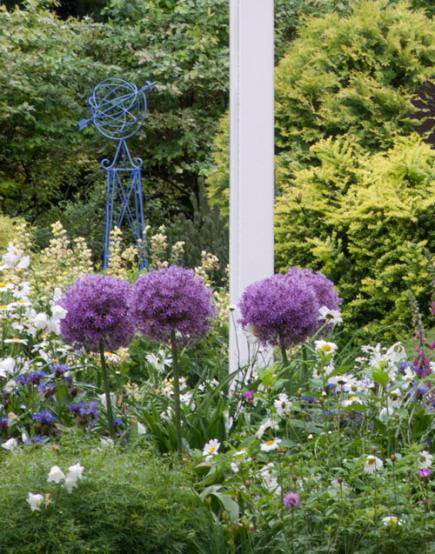
Ornamental Onion
Sun-loving ornamental onion (Allium ‘Globemaster’) does best when its bulbs are planted in the fall, in time for a spring bloom. The lavender ‘globes’ grow up to 30 inches tall. Zones 5-8.
-
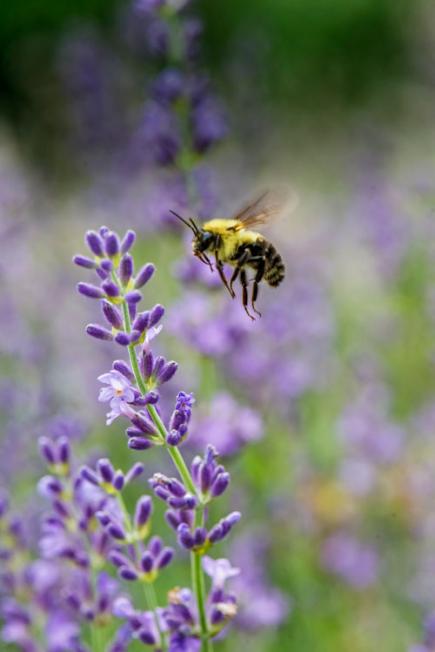
Lavender
This shrub can grow as wide as it does tall, 1 to 3 feet. Lavender (Lavandula spp.)’s delicate blooms are perfect for a fragrant flower arrangement. Lavender does well in full sun. Zones 5-10.
-
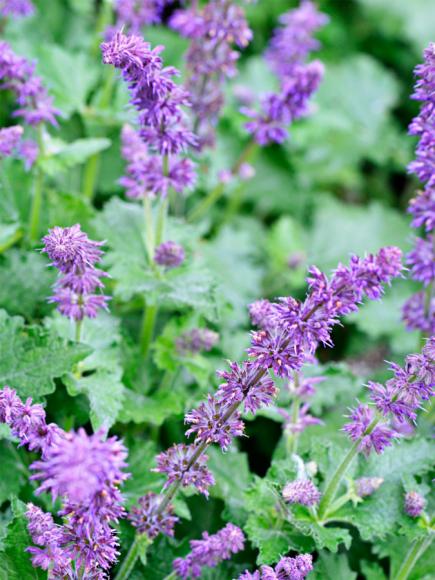
Sage (Salvia)
Also known as salvia, sun-loving sage (Salvia) attracts butterflies and hummingbirds. The plants of ‘Purple Rain’ grow 1 to 2 feet high and have large, silvery-green leaves. Zones 3 to 8.
-
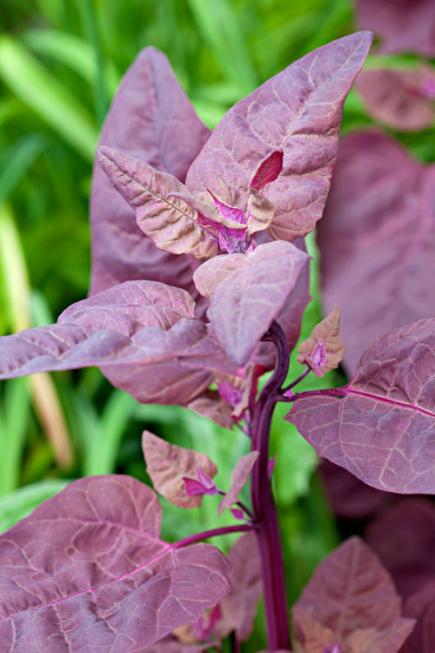
Red Orach
Although it has “red” in its name, this leafy plant adds a beautiful wine color to your garden. Red orach (Atriplex hortensis) is also edible and can be used as an alternative to spinach. The plant grows 4 to 6 feet tall. Zones 4-8.
-
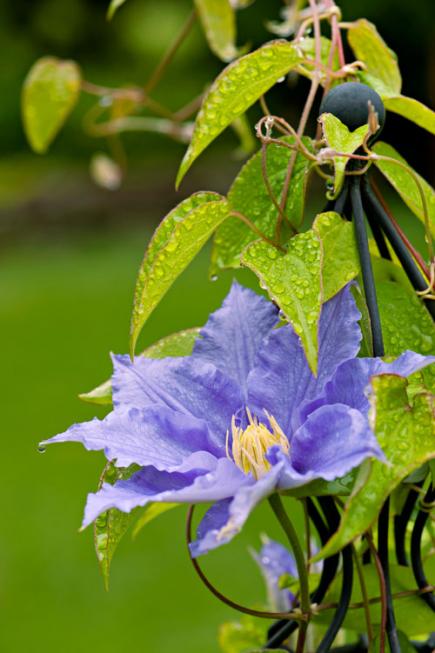
Clematis ‘Will Goodwin’
Clematis includes many varieties of flowering vines. The Will Goodwin variety grows large lavender blooms that range from 3 to 6 inches in diameter. Like any other vine, clematis ‘Will Goodwin’ needs a trellis or some sort of support on which to grow. Zones 4-8.
-
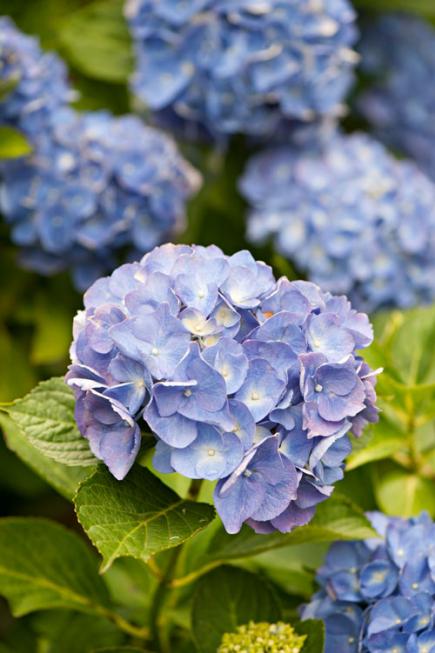
Hydrangea
The pale purple blooms of hydrangea are a familiar spring sight. Globes of mophead hydrangea (Hydrangea macrophylla) do well in part shade and range in height from 3 to 6 feet. Zones 3-9.
-
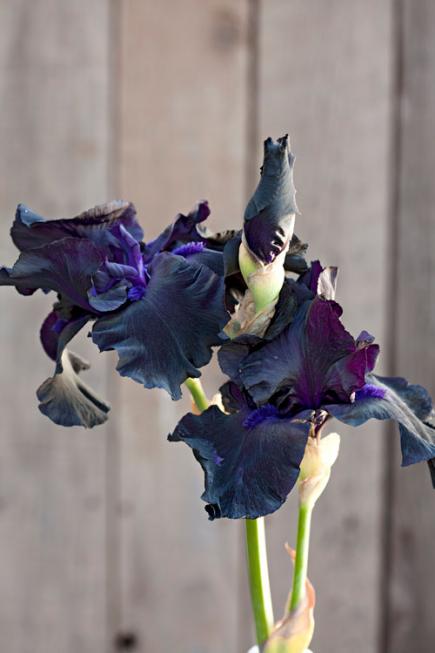
Bearded Iris
Bearded irises (Iris germanica) come in a variety of purples. We love the inky Black Suited variety that is so deeply purple, it’s almost black. Bearded irises thrive in full sun and grow to 1 to 2 feet. Zones 3-9.
-
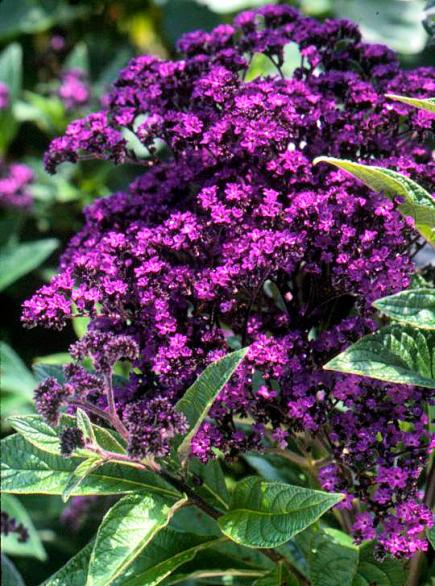
Heliotrope
Heliotrope is grown as an annual in Zones 2 to 9 and as a perennial in Zones 10 to 11. It bears wonderful clusters of purple or white flowers, which are intensely fragrant with a deep, grapey smell. Leaves are glossy and attractive with slight ribbing. The plant will grow a foot or two high as an annual, or up to 4 feet tall as a perennial, depending on the variety.
-
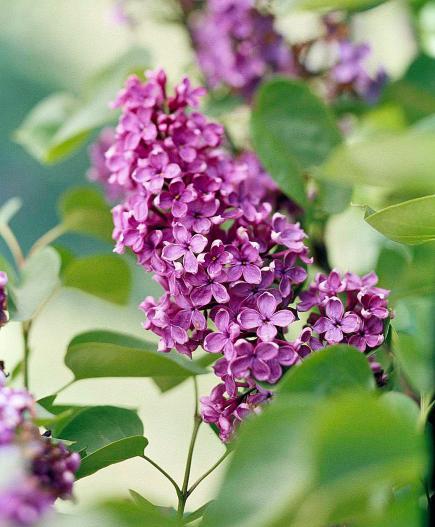
Lilacs
With their sweet scent, pastel blooms and delicate, heart-shape leaves, lilacs are many gardeners’ favorite spring flower. The seven official color classifications are white, violet, blue, lilac, pink, magenta and purple, but soil, light and weather can all affect the color of blooms. Pictured: Syringa vulgaris ‘Andenken an Ludwig Spaeth’, a purple lilac dating from 1883, is still a popular choice. Zones 3 to 7.
-
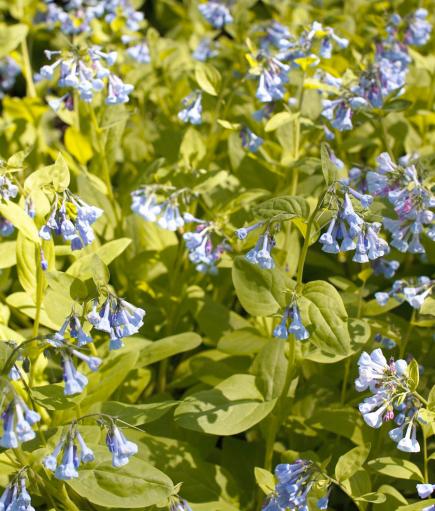
Virginia bluebells
Virginia bluebells (Mertensia virginica), a spring flower, sport pink buds that blossom into pink-purple blooms. Happy in sun or shade, each plant grows 2 feet high and wide. Bluebells easily reseed themselves, so a colony can grow larger over the years. Plant Virginia bluebells behind a summer bloomer to hide the foliage that turns brown and fades by June.
-
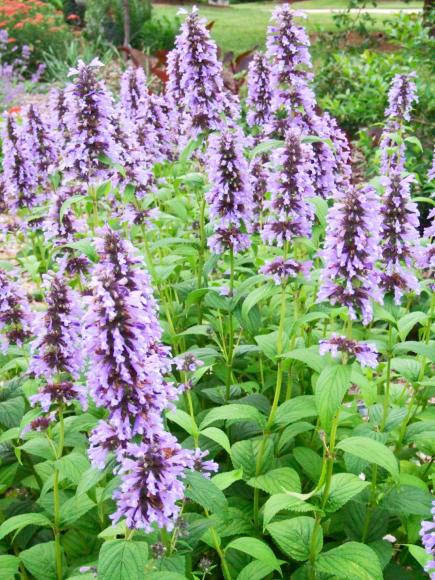
Catmint
Drought-tolerant and deer-resistant, sun-loving catmint adds fragrant foliage and purplish-blue blooms to the summer garden. ‘Walker’s Low’ and the new ‘Cat’s Meow’ are varieties bred to remain upright rather than split in the middle. Zones 3-8.
-
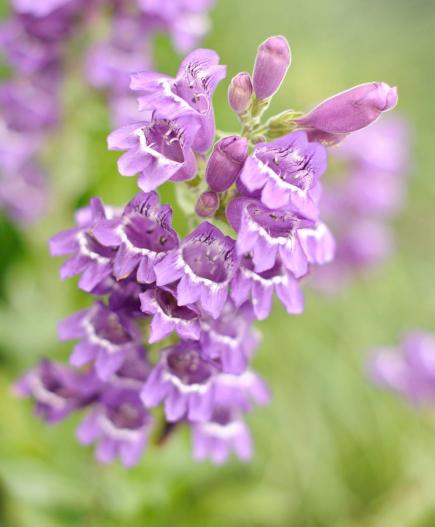
Penstemon
A magnet for hummingbirds, this drought-tolerant native offers long-blooming brilliant tubular flowers in spring or summer and can tolerate part shade. There are numerous types, so be sure to pick one that suits your zone. Zones 3-9.
-
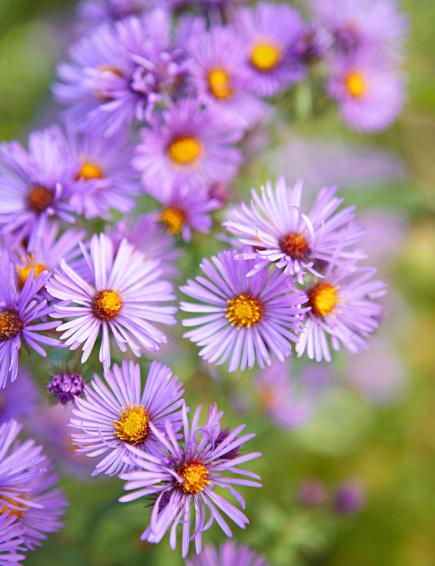
Aromatic aster
Native to dry upland prairies, fragrant Aster oblongifolius prospers in dry, clay or rocky soil. Covered with flowers in fall, it makes a strong companion plant to little bluestem grass and goldenrod. Pinch in early summer to prevent flopping. Choice variety is ‘October Skies’. Zones 3-8.
-
SOURCE:http://www.midwestliving.com/garden/flowers/purple-plants-for-midwest-gardens/